Recife, Olinda carnival and Brazil's "Nordeste" (EN)
A cultural trip to the capital of Brazil's "Nordeste" region, Recife, the Olinda carnival and discovering the Maracatu and Luiz Gonzaga

Next stop after Salvador: Recife!
Recife is one of the biggest cities in the Nordeste of Brazil, it is the capital of the state of Pernambuco. Many people suggested me to skip this city. The big cities in Brazil, apart from Rio de Janeiro, are indeed often considered dangerous and not very interesting for the tourists.
But I did go there, and I didn't regret it at all!
WORTH AN 👂🎶
Pernambuco Falando para o Mundo, Lenine:
Recife & Olinda
So yes, the city may look ugly at first sight. And smelly, because of its canals. But I also discovered an interesting architectural combination of different styles, as well as a very strong popular culture.
The history of Recife and Olinda are inseparable, Olinda being initially the capital founded by the Portuguese, and Recife, a simple fishermen town. Later taken over by the Dutch, the two cities grew, but still bear the traces of both occupations and, like most of Brazil, of the indigenous populations who lived there before colonisation.
Olinda ("Linda" in Portuguese means "pretty") is very well preserved today, and is actually a UNESCO World Heritage Site.) Recife looks a little less beautiful at first glance, which makes it all the more interesting for me. Indeed, many historical districts have been torn down to make room for modern buildings, resulting in a very curious architectural mix. As for Olinda, it is a very pretty city with old houses differing from each other mainly by their colour, and with many churches.
Recife is located at the estuary of the Capibaribé river and is divided into several branches and canals. A large part of the city can therefore be visited by boat, which I did. One of the things we pass by is the recognisable Sindaçucar building, the Union of the Sugar and Alcohol Industry, which is the predominant industry of the region.
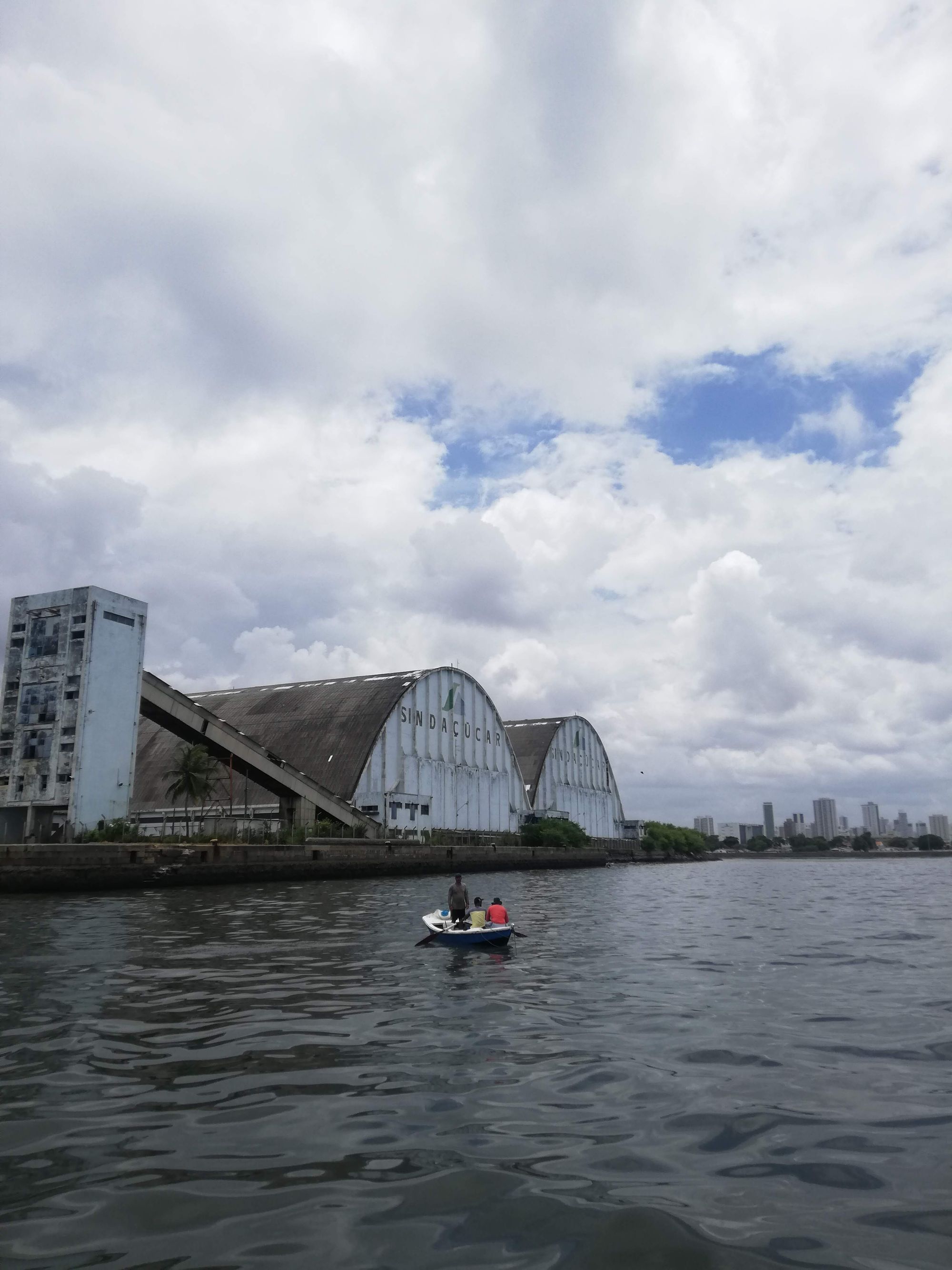
The historic centre is also very interesting to visit as it is full of old buildings from the Dutch occupation, including the oldest synagogue in the Americas.
📍THE LOCAL TIPS
The guided tour of Olha Recife to get a good first look at the city.
Praia de Boa Viagem
I didn't really dare to swim in the biggest beach of Recife, Boa Viagem, because of the shark attacks 🦈 (the increasing number of attacks being unfortunately caused by the human presence, the destruction of the corals and the construction of a bridge close to Recife..)
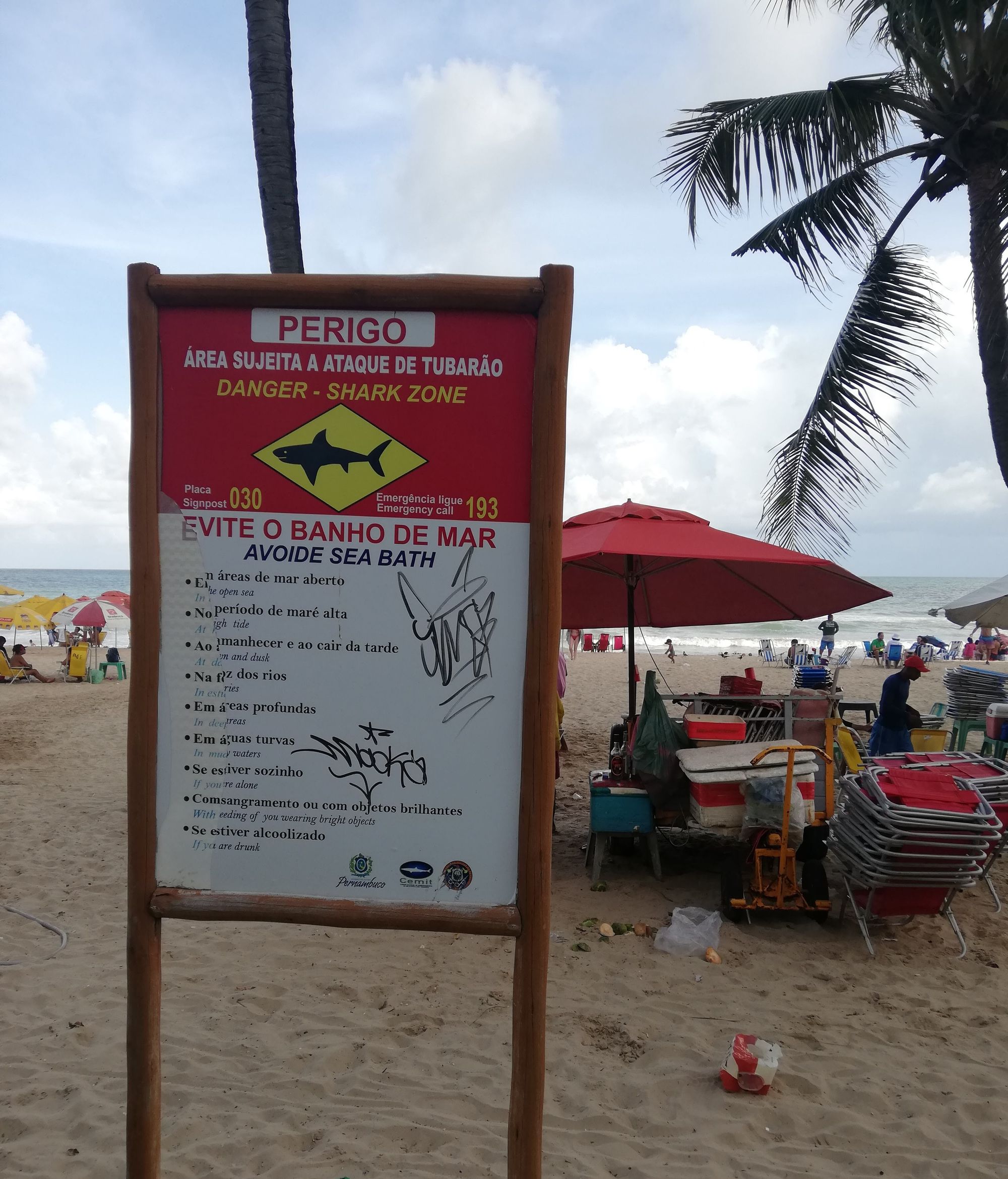
WORTH AN 👂🎶
La Belle de jour, Alceu Valença, praia de Boa Viagem: Un peu l'équivalent de la "Garota da Ipanema" pour Recife! L'auteur, Alceu Valença, se remémore une jolie fille de la Praia de Boa Vista. Avait-il pourtant vraiment lu attentivement le "Belle de jour" de Joseph Kessel ou vu le film de Buñuel avant ça? 🤷
Recife, Olinda and the carnival:
2022 being 2022, the carnival has been cancelled again this year... But that didn't stop me from learning a bit about the carnival and Maracatu culture of the region. Indeed, the most traditional bloco of carnival in Brazil would be the ones in the Nordeste, and in particular those from Olinda. They are especially distinguished by the big "Boneco", a kind of large papier-mâché statue that is carried in the street.
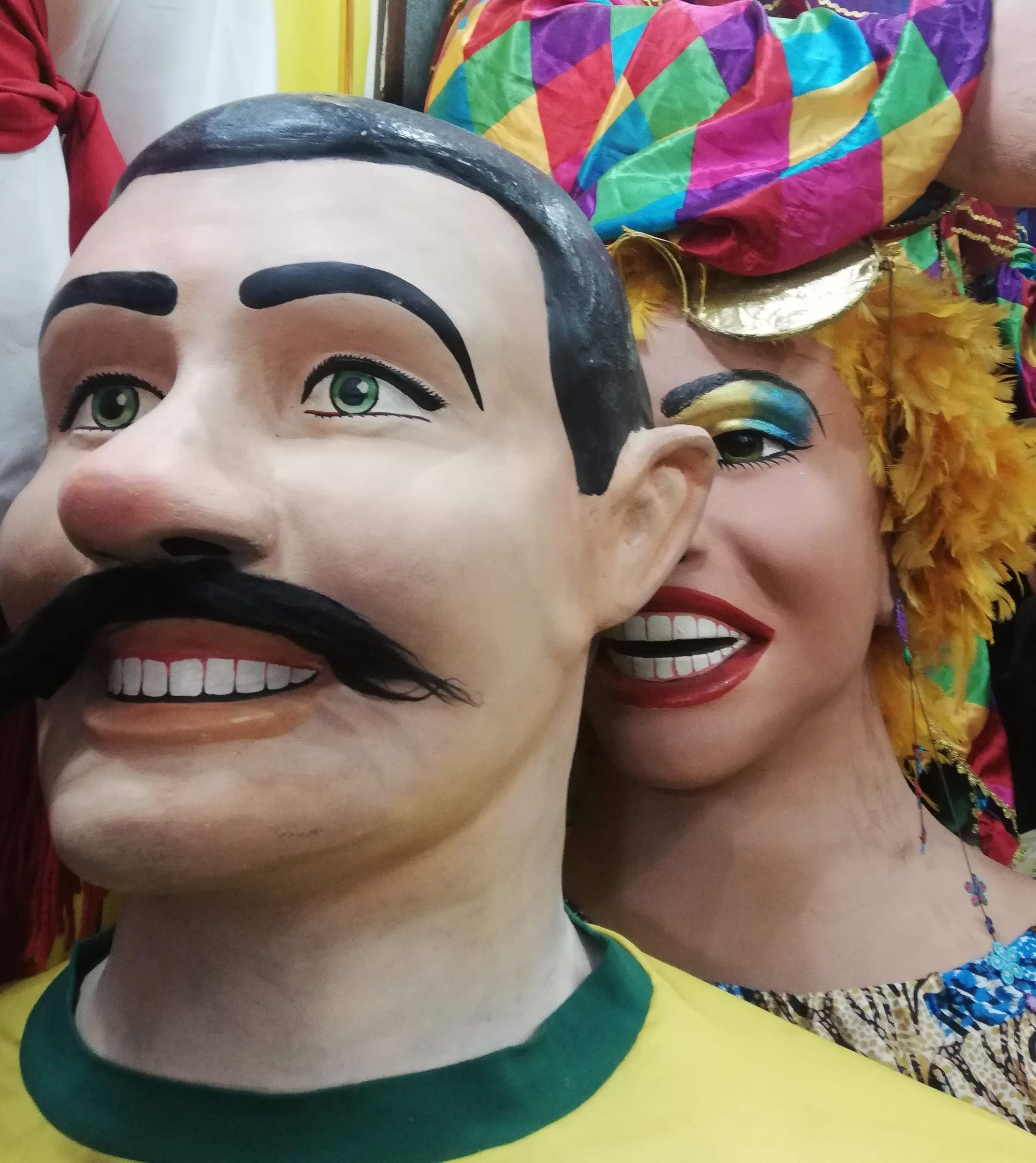
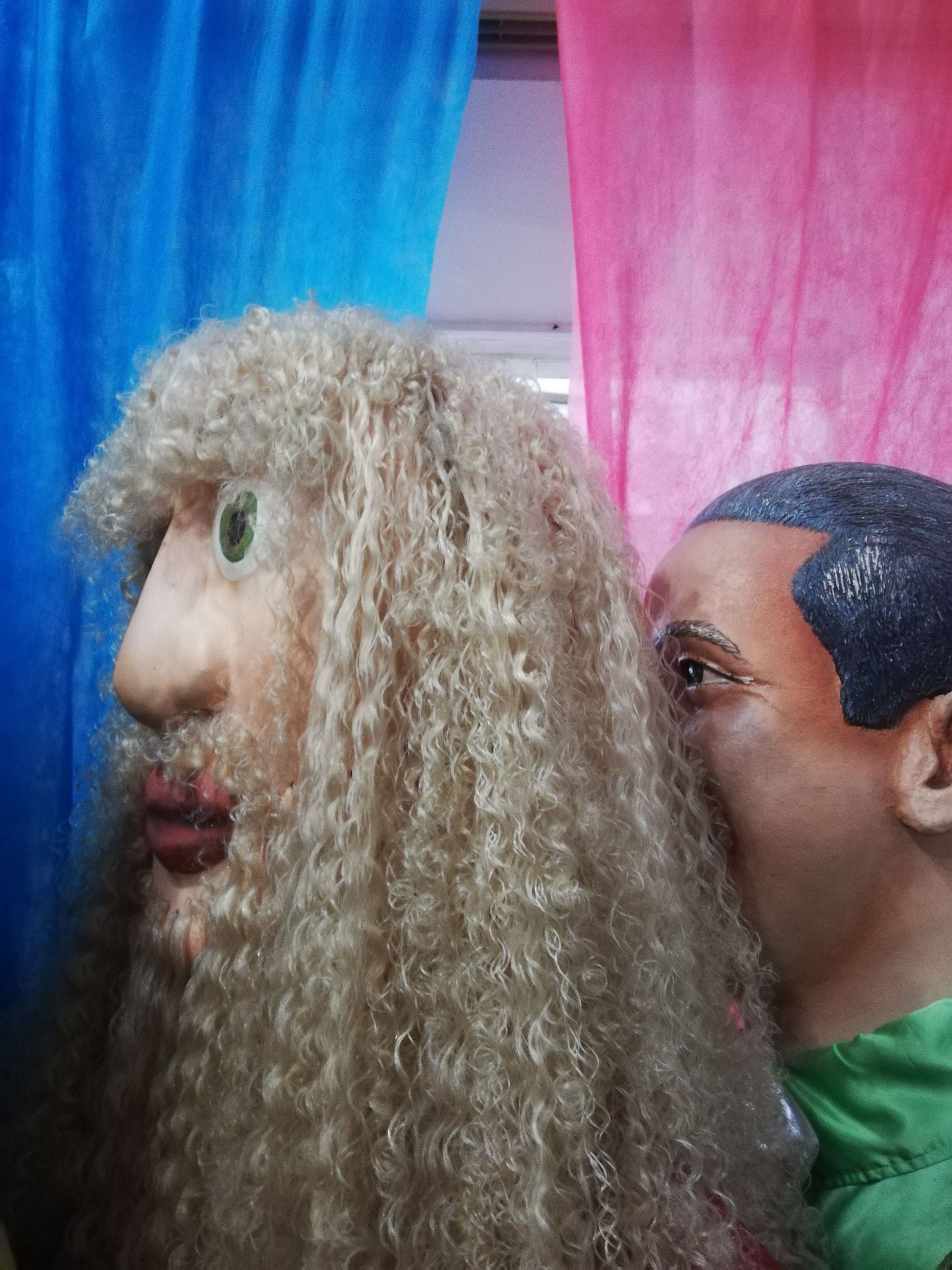

Maracatu is a type of carnival parade and musical genre typically from the Nordeste, but inherited from Congolese traditions imported by slaves and from Portuguese and indigenous traditions. It is a mixture of dance, music (especially percussion - drums - and singing) and, traditionally, religious practices of African matrix. Here is an example:
WORTH AN 👂🎶
An example of Maracatu in the streets of Recife's traditional district
The Paço do Frevo and the Cais do Sertão:
Two must-see for me in Recife are these two museums of popular culture, the Paço do Frevo and the Cais do Sertão.
The Paço do Frevo is indeed an extremely well conceived cultural centre, with exhibition spaces, dance and concert halls, all dedicated to the Frevo. Frevo is a carnival musical genre and a dance, also classified as Intangible Cultural Heritage of Humanity by UNESCO. It is a rhythmic and festive music. A frevo orchestra has a rhythm section and a brass section, similar to those found in bandas. The dance is quite acrobatic, and often accompanied by a colourful umbrella.
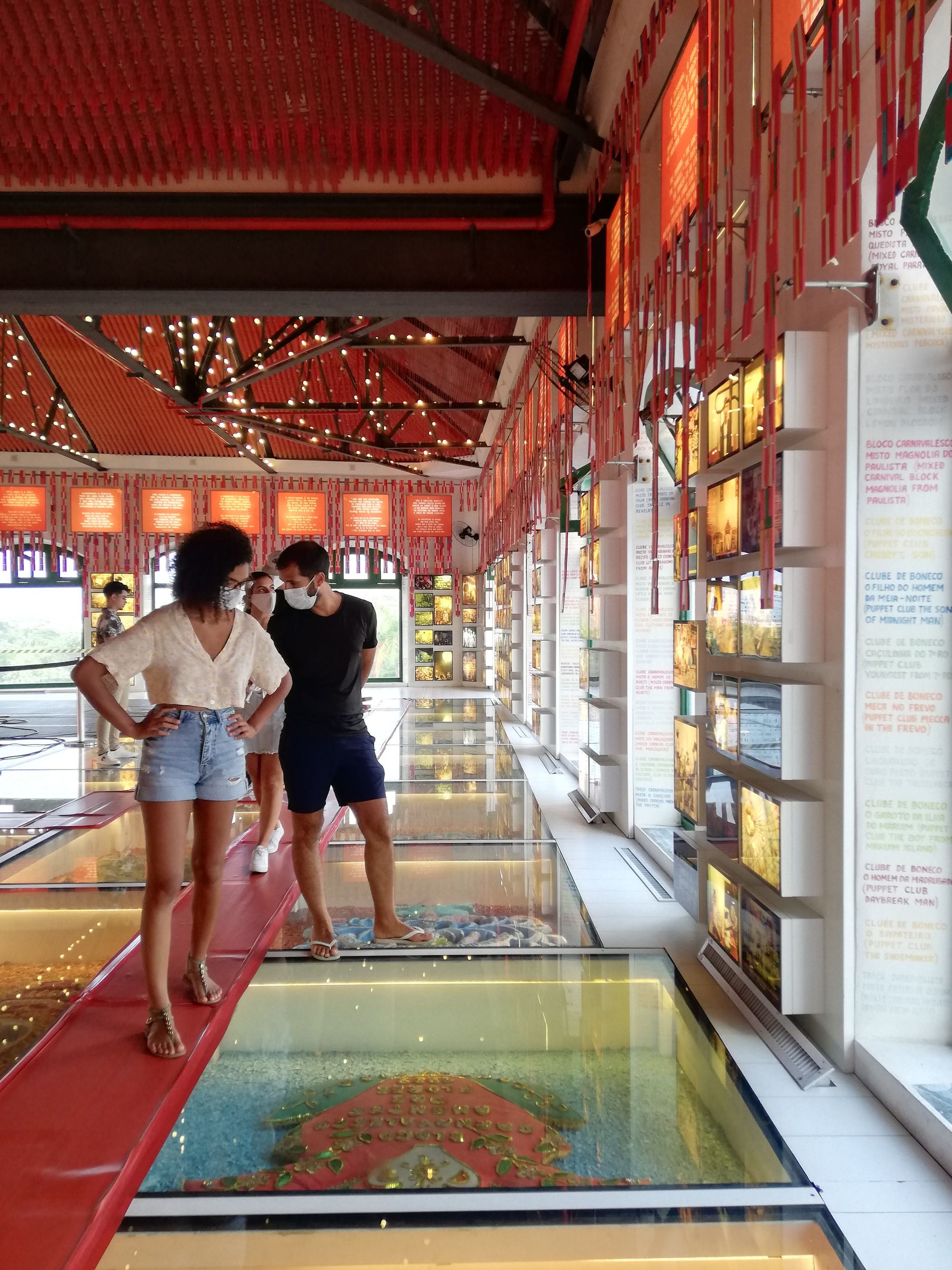
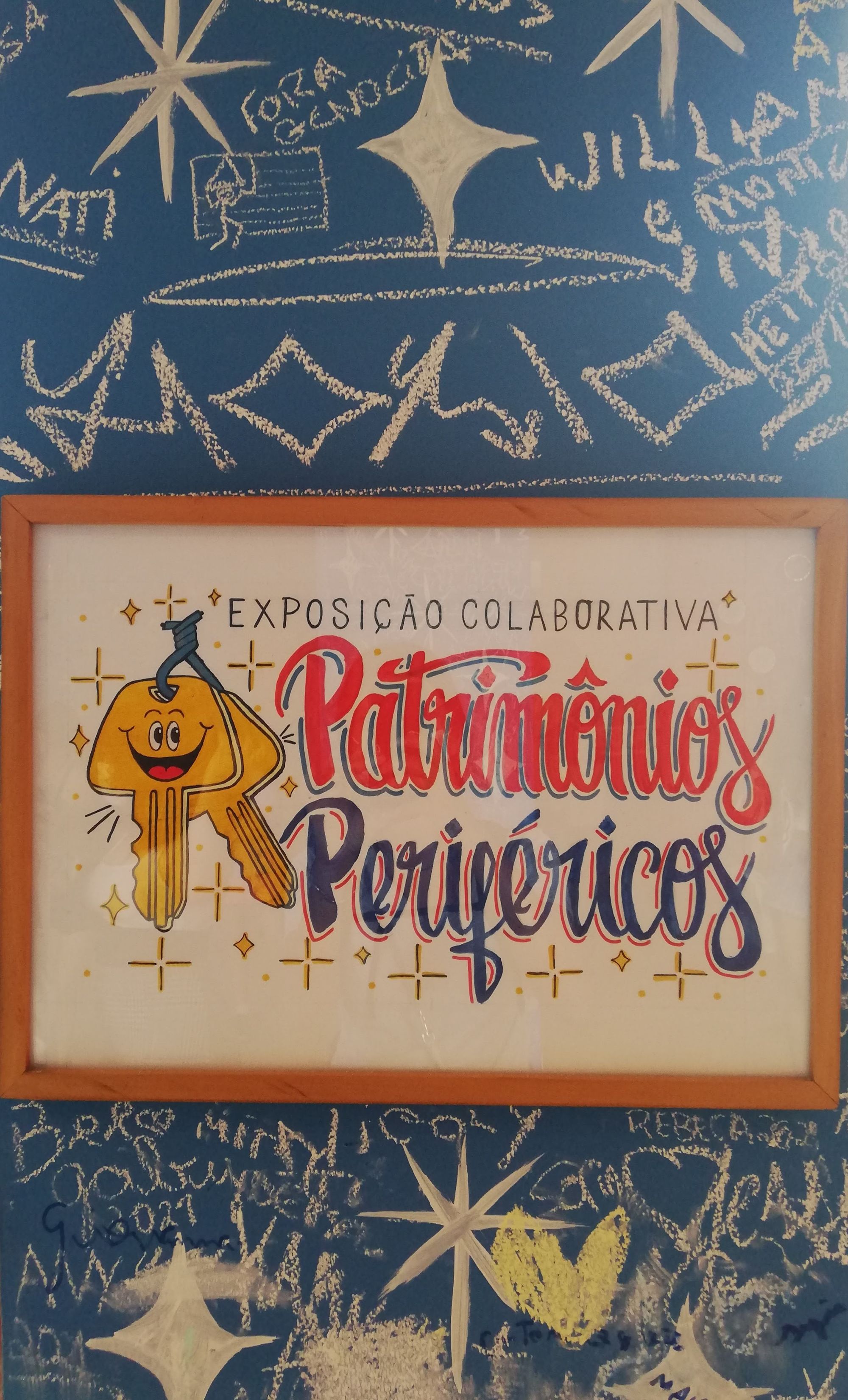
The Cais do Sertão
The Sertão refers to the semi-arid, desert-like hinterland of the Nordeste. La Cais do Sertão is a modern interactive museum, also very well thought out, dedicated to the music of Luiz Gonzaga and the culture of the Sertão. I didn't know Luiz Gonzaga, but I learned that he is extremely popular in Brazil, and remained a faithful representative of the Nordeste culture all his life. One of his most famous songs is for example "Asa Branca":
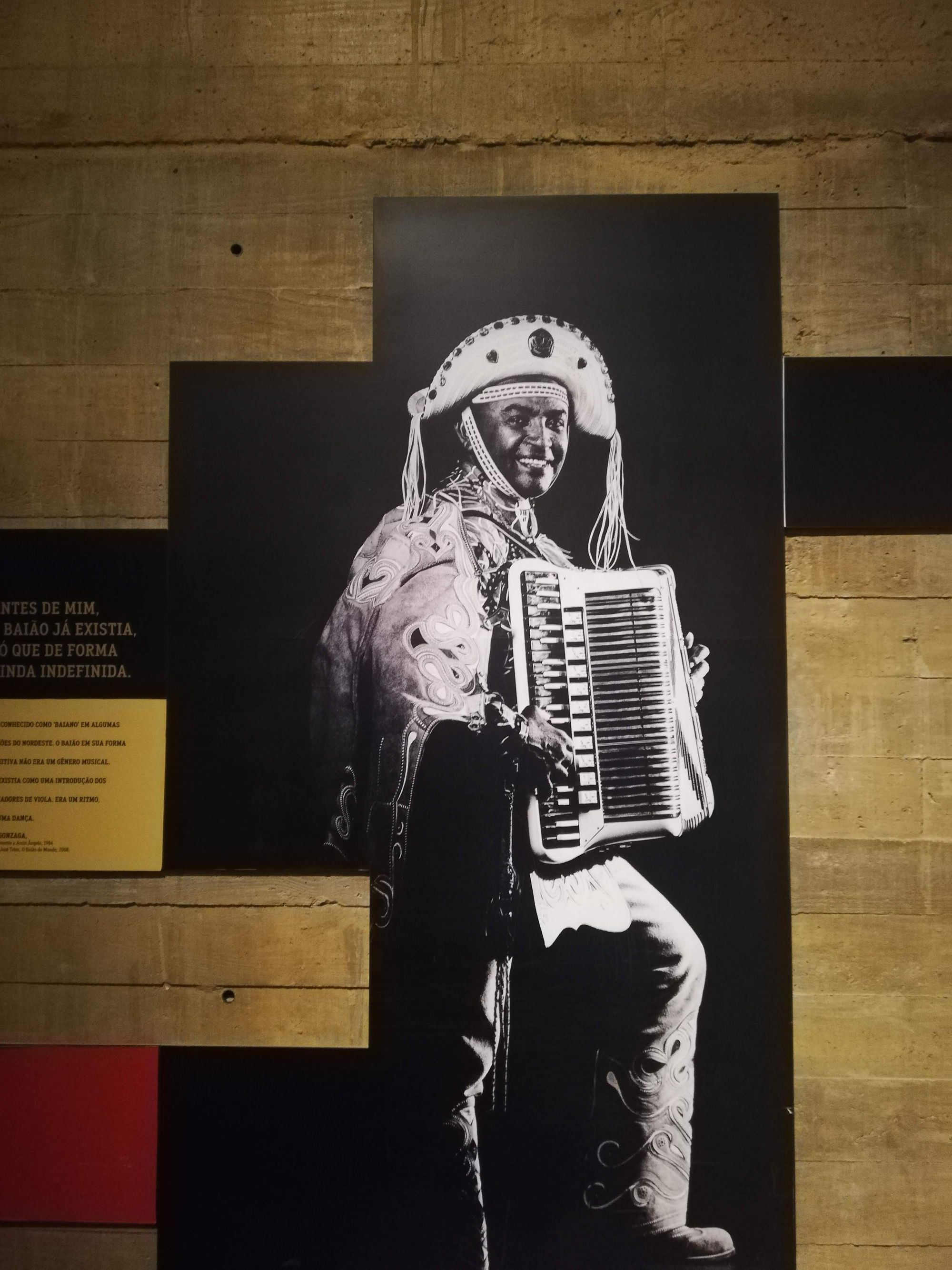
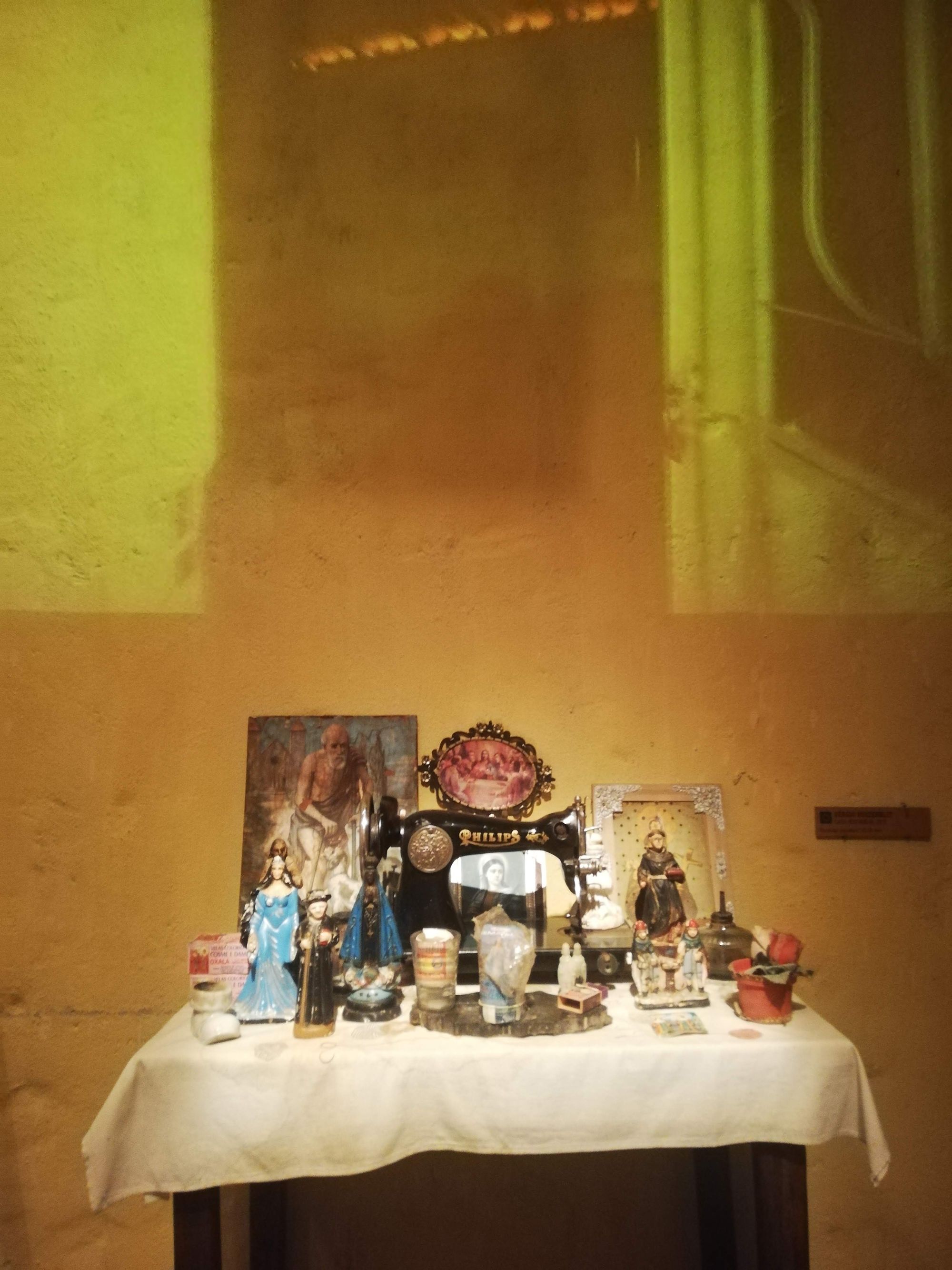
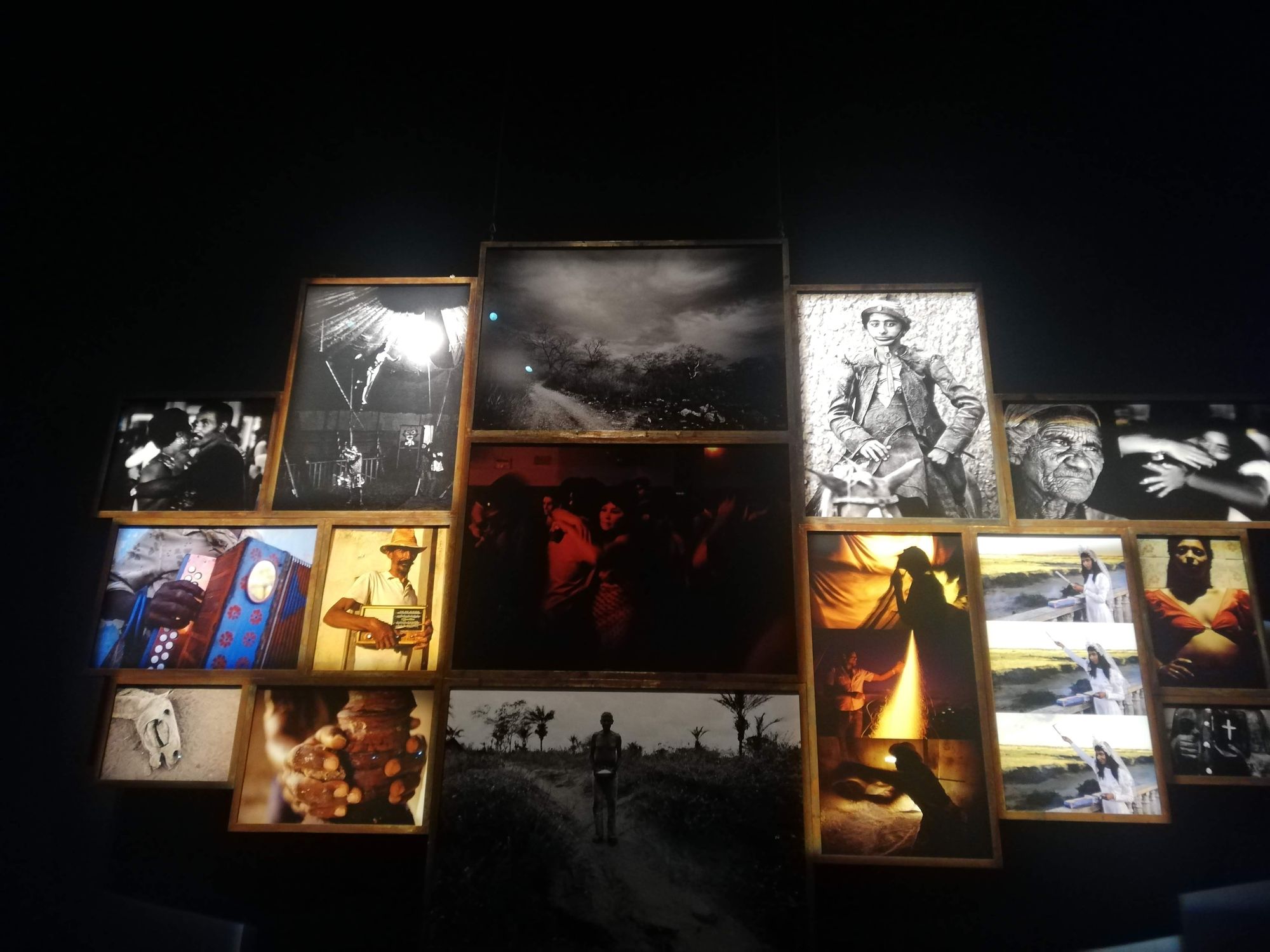
Once again, it is thanks to the people I met there (and in particular in the wonderful "Zili Pernambuco" hostel) that I was able to discover the cities of Recife and Olinda beyond what I had thought. And I leave with a few cultural discoveries to complete my Spotify playlist!